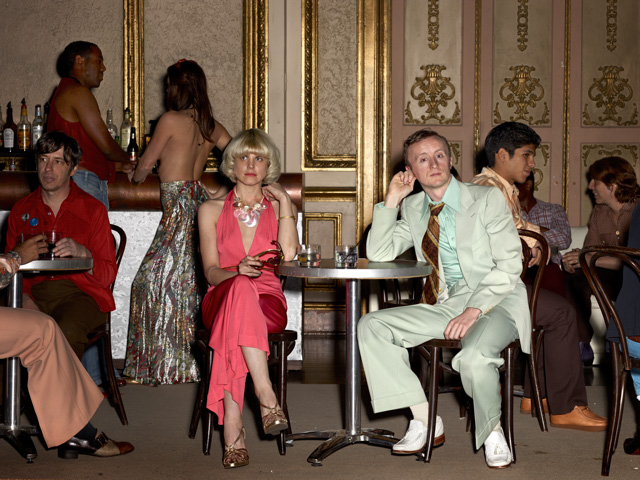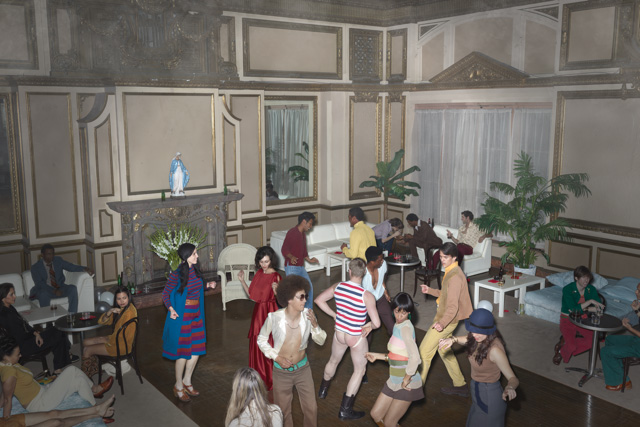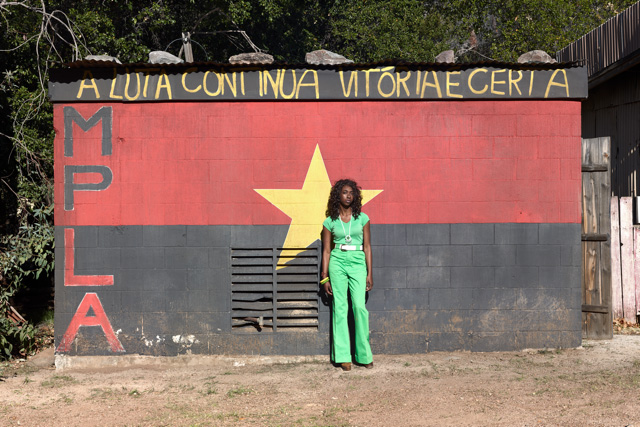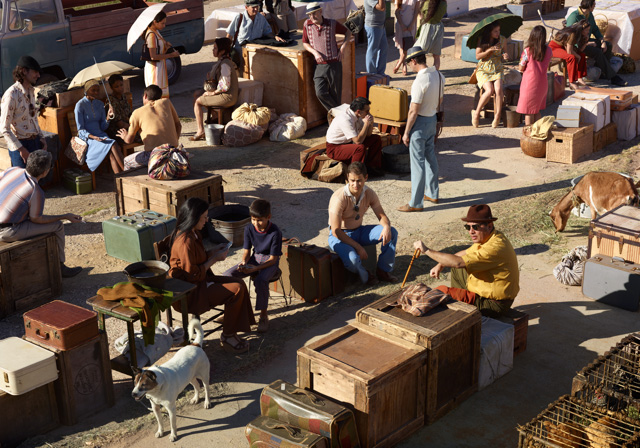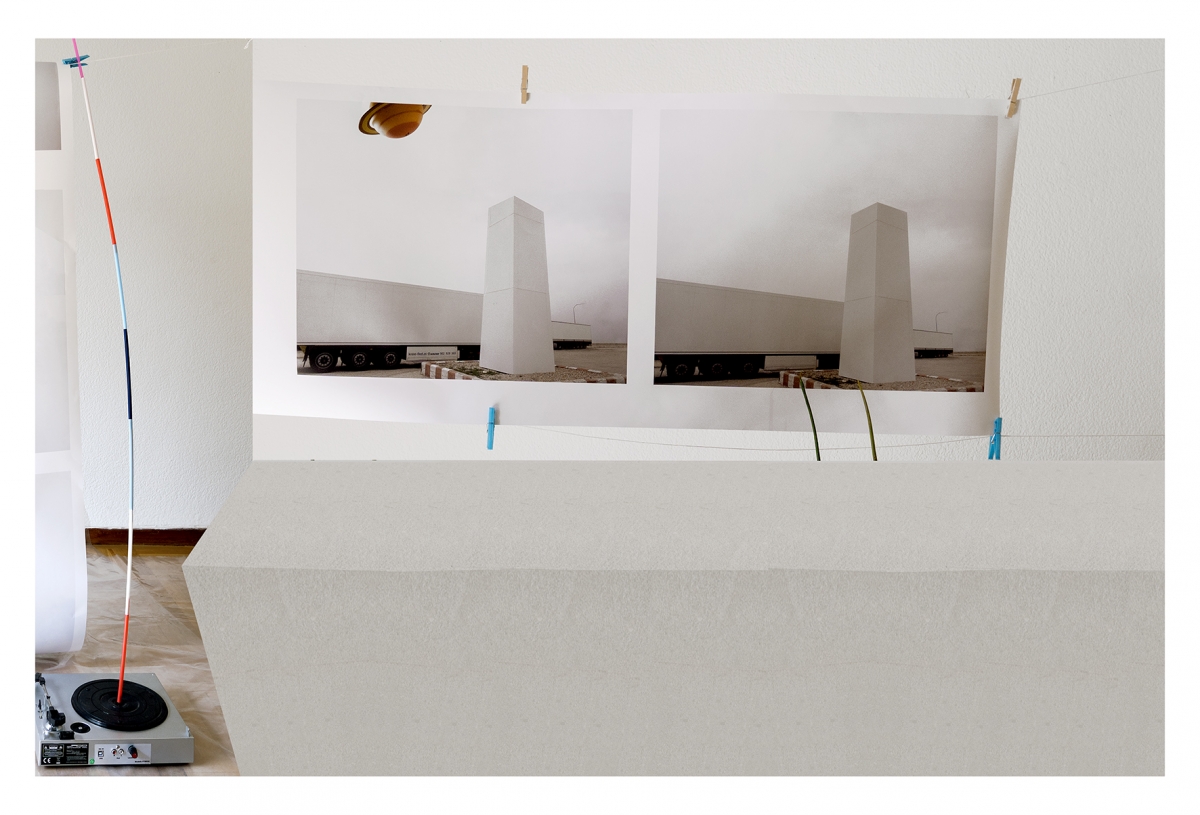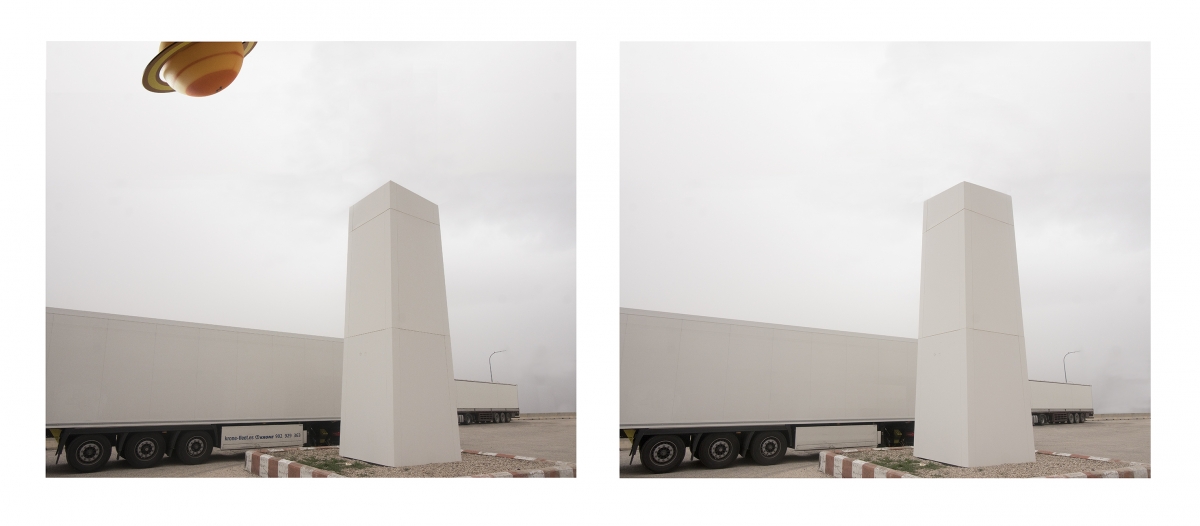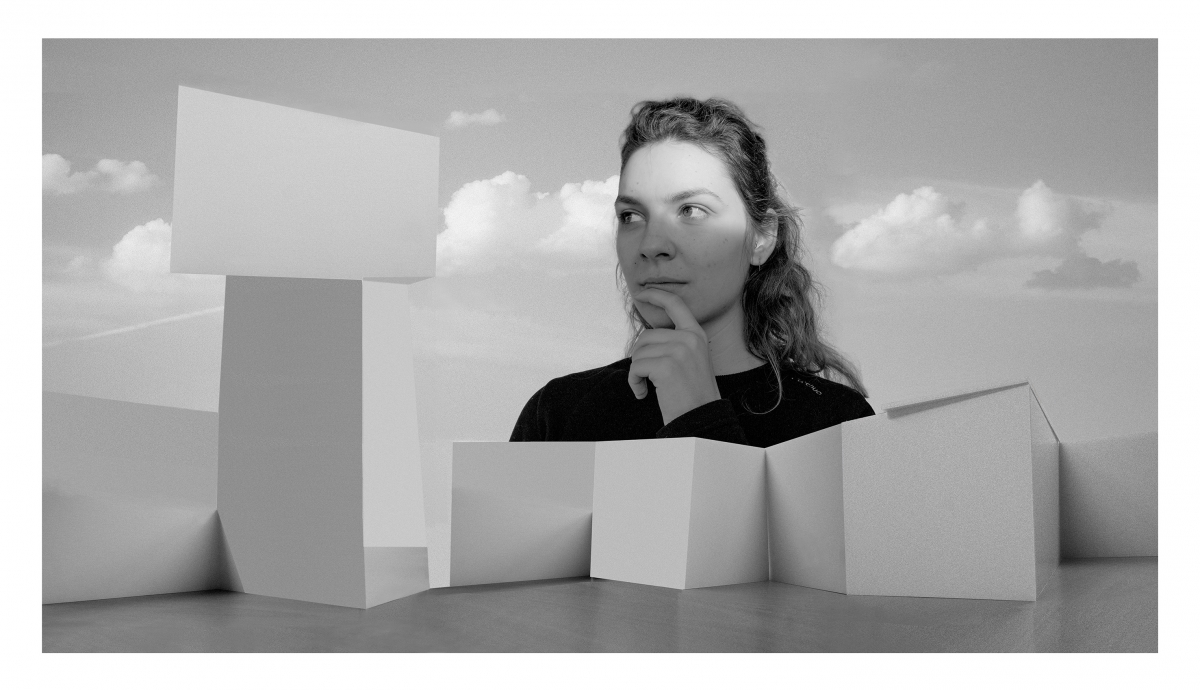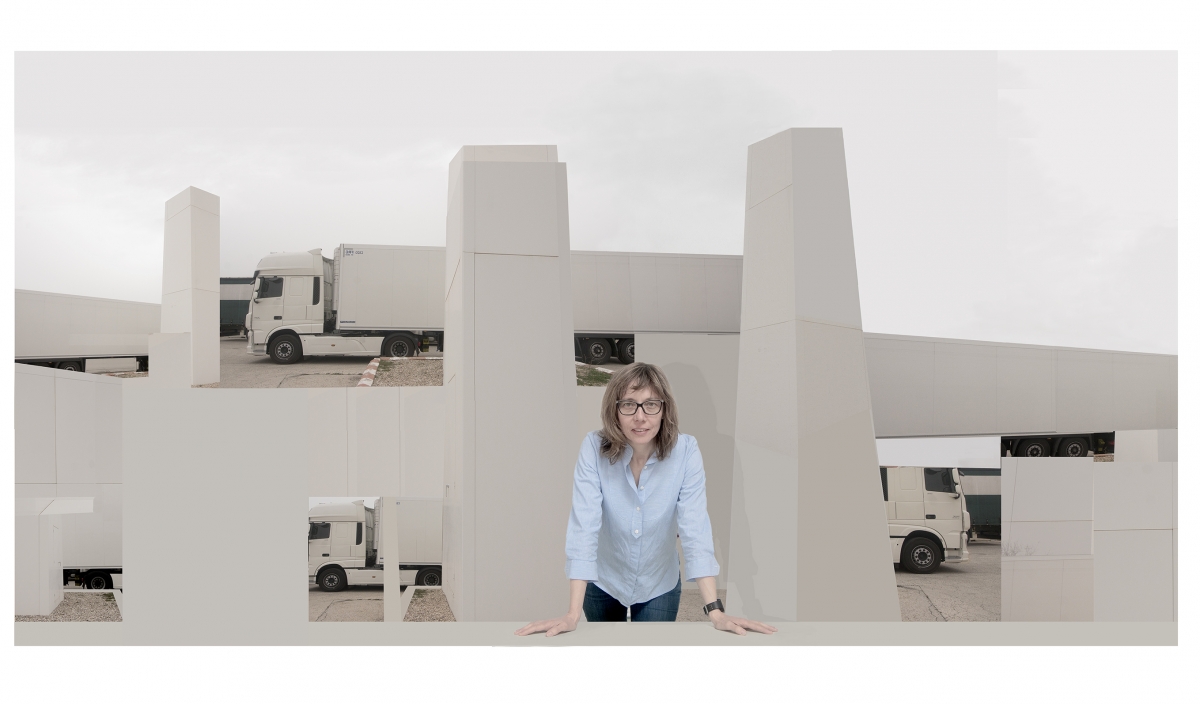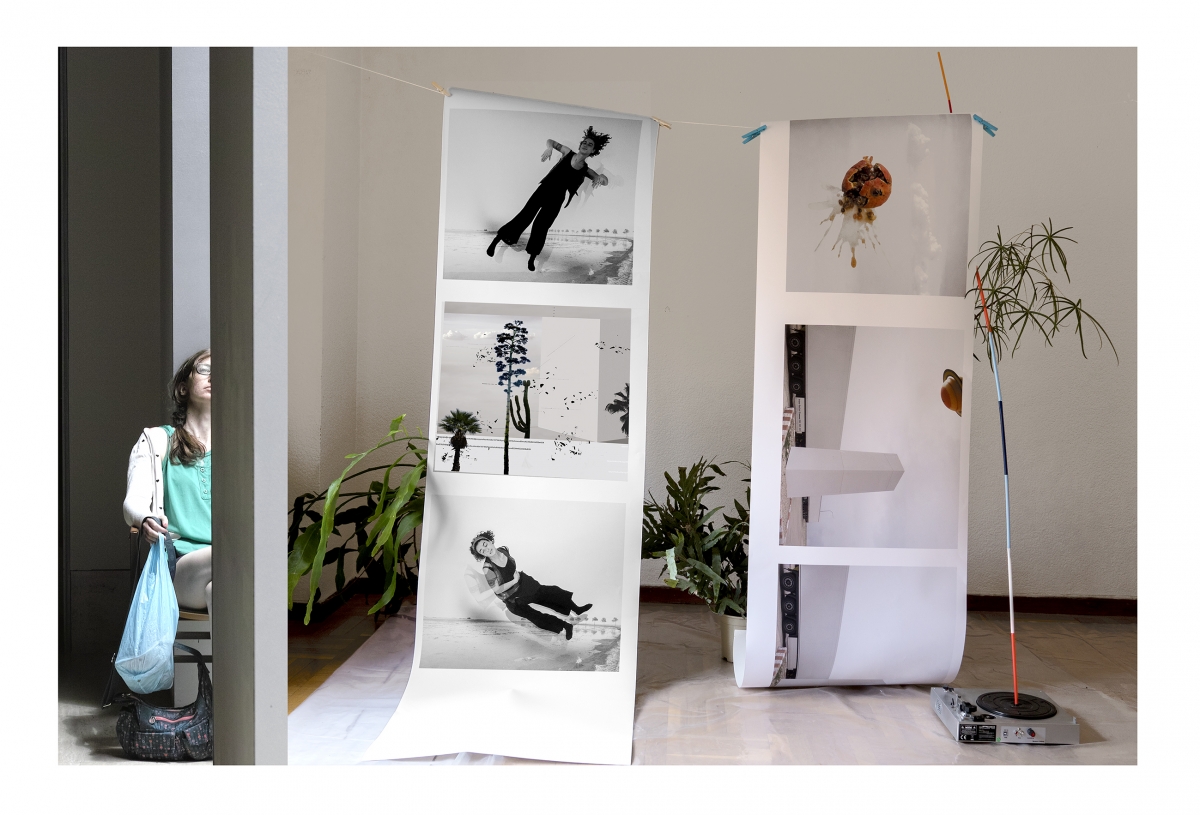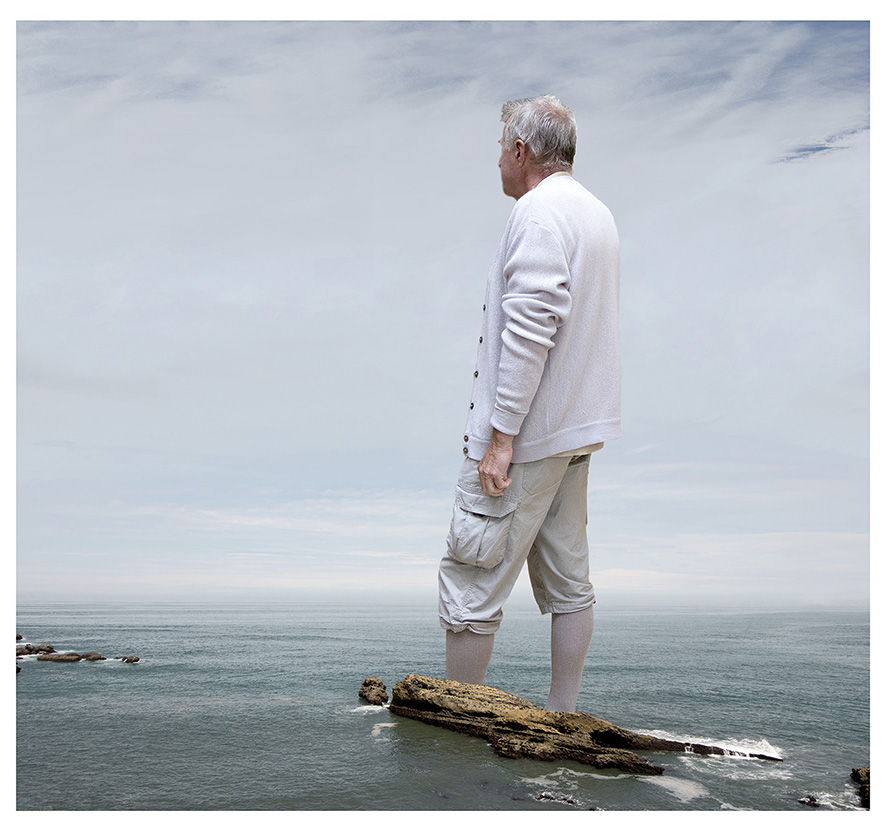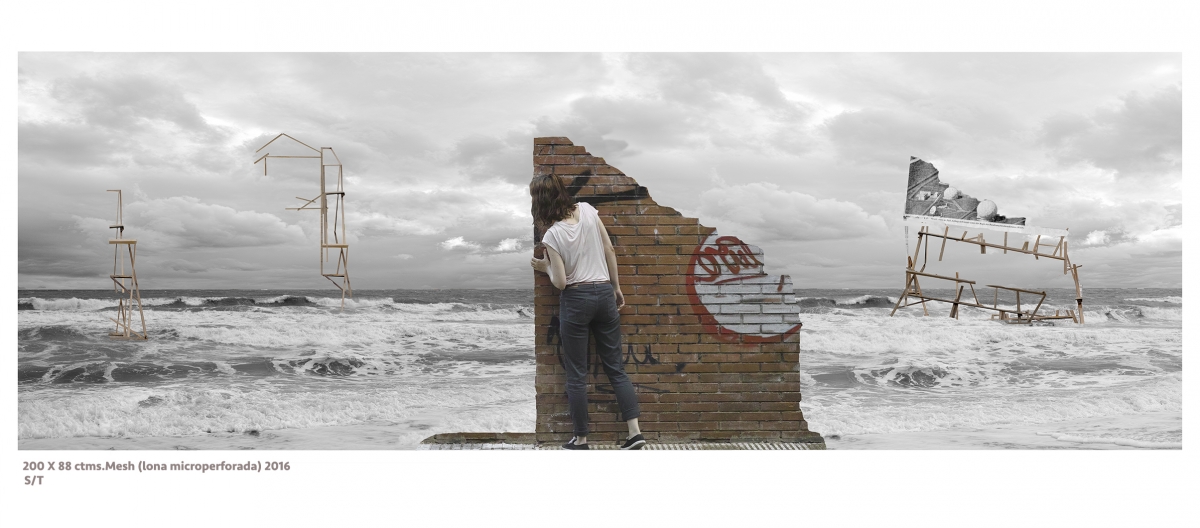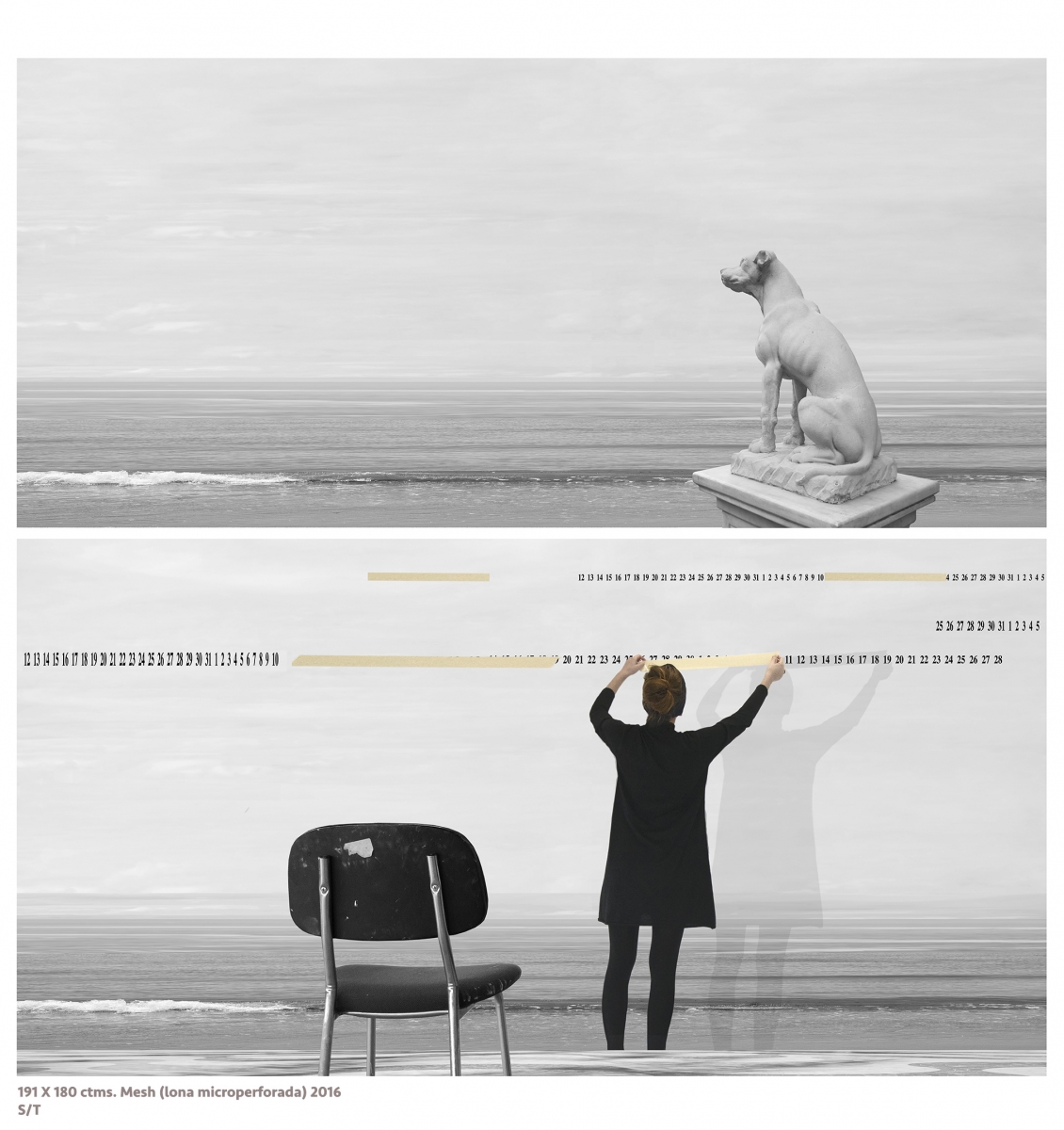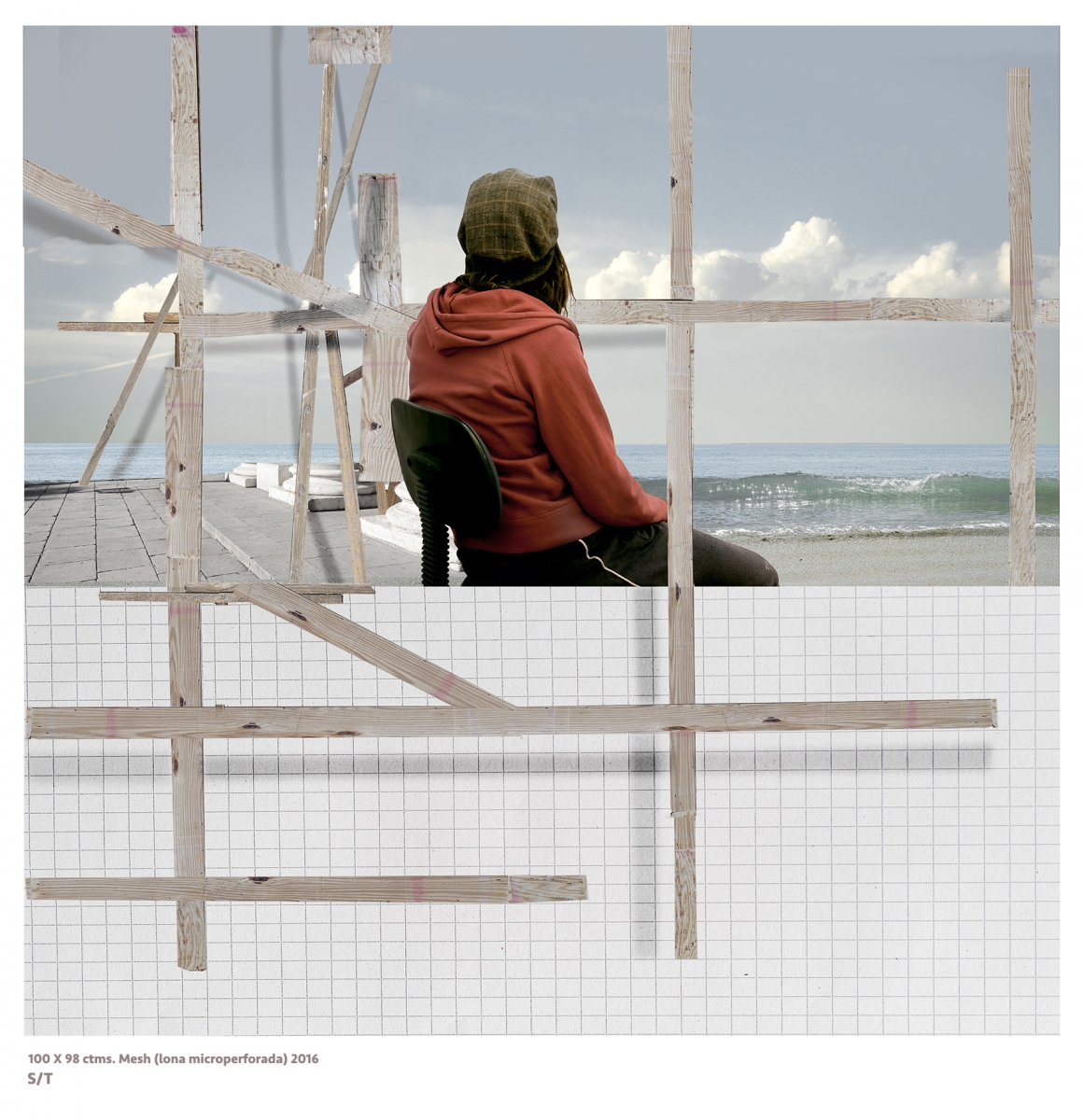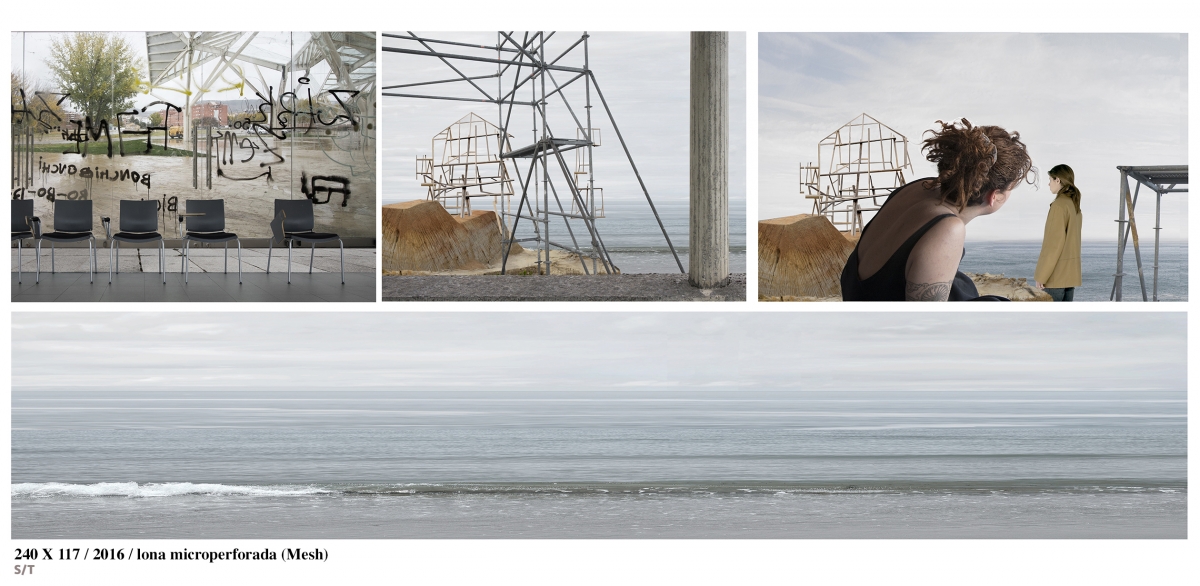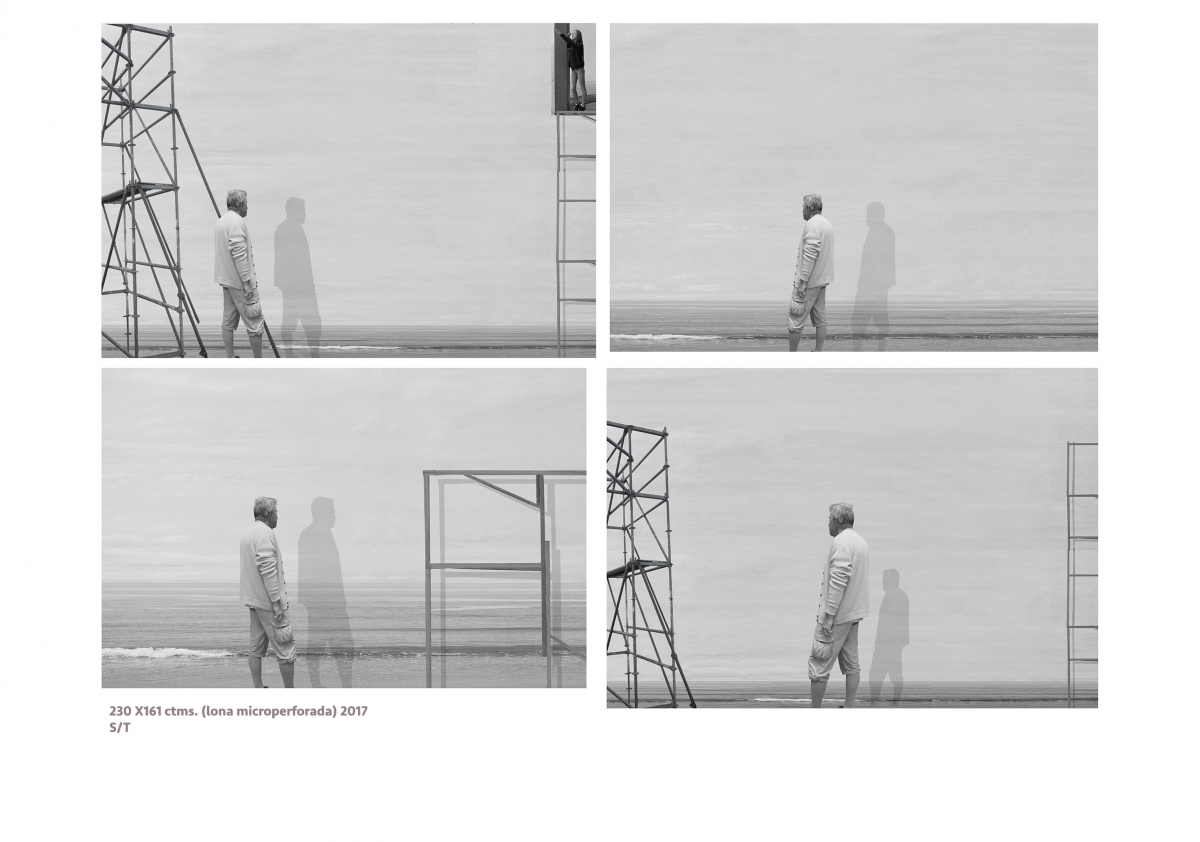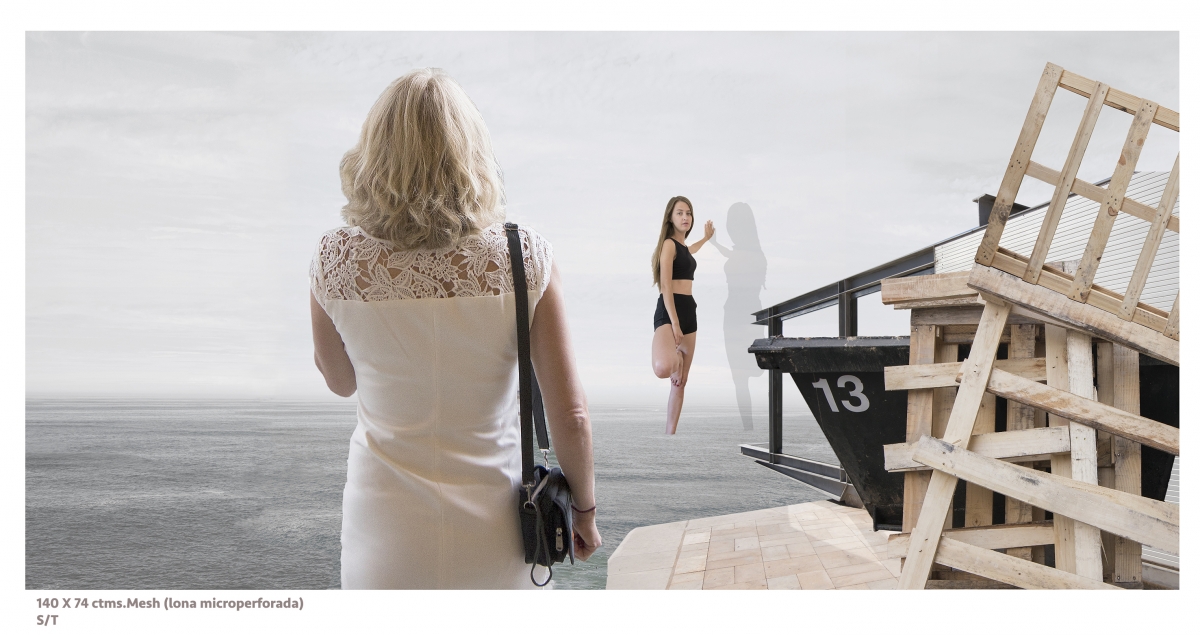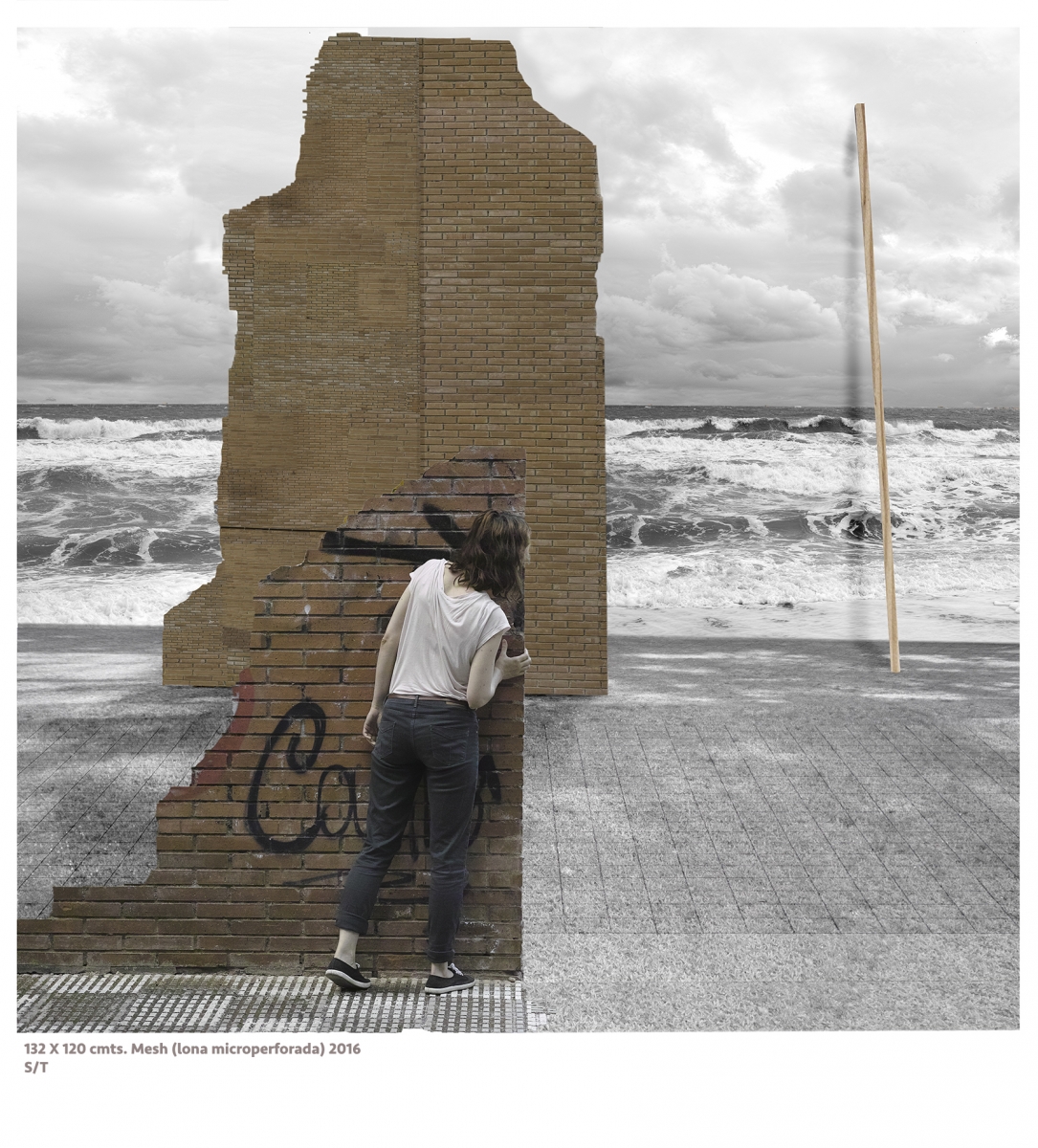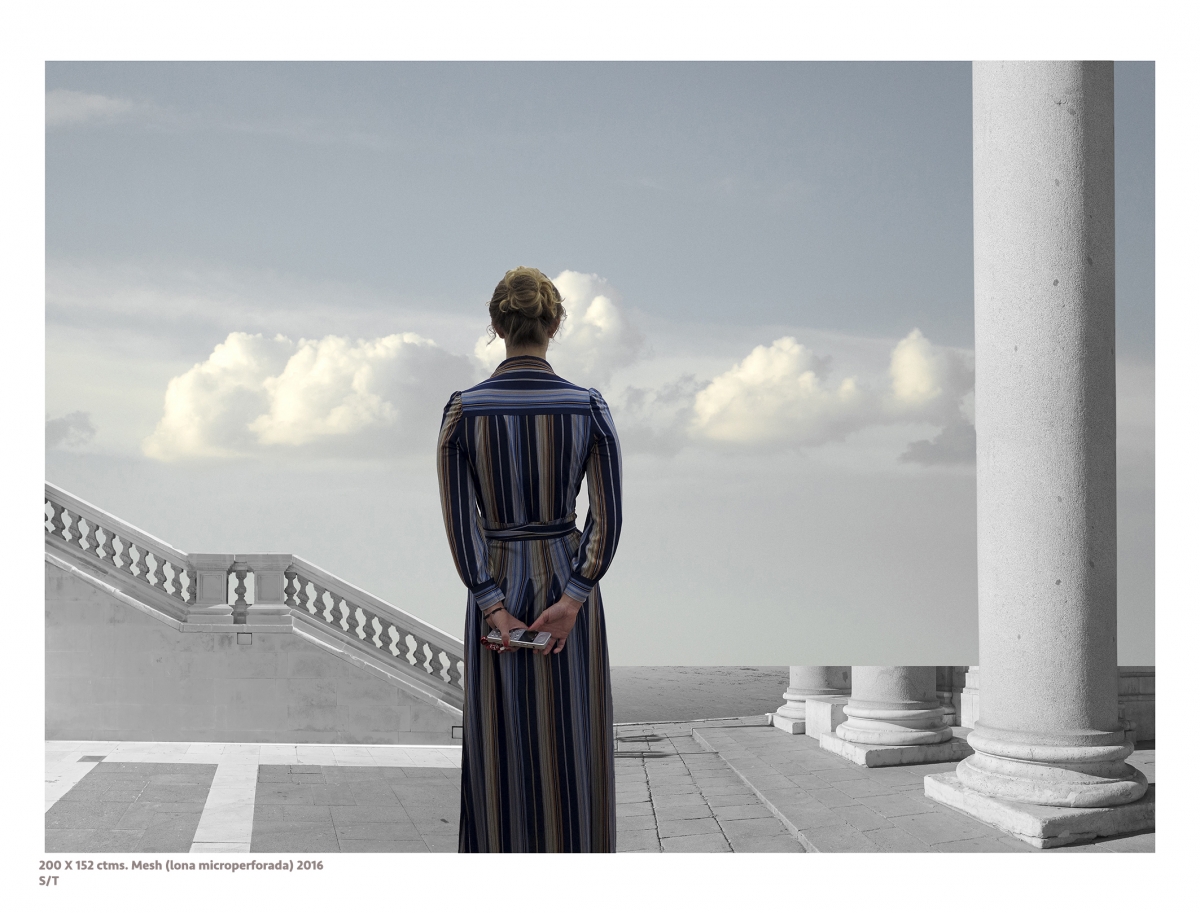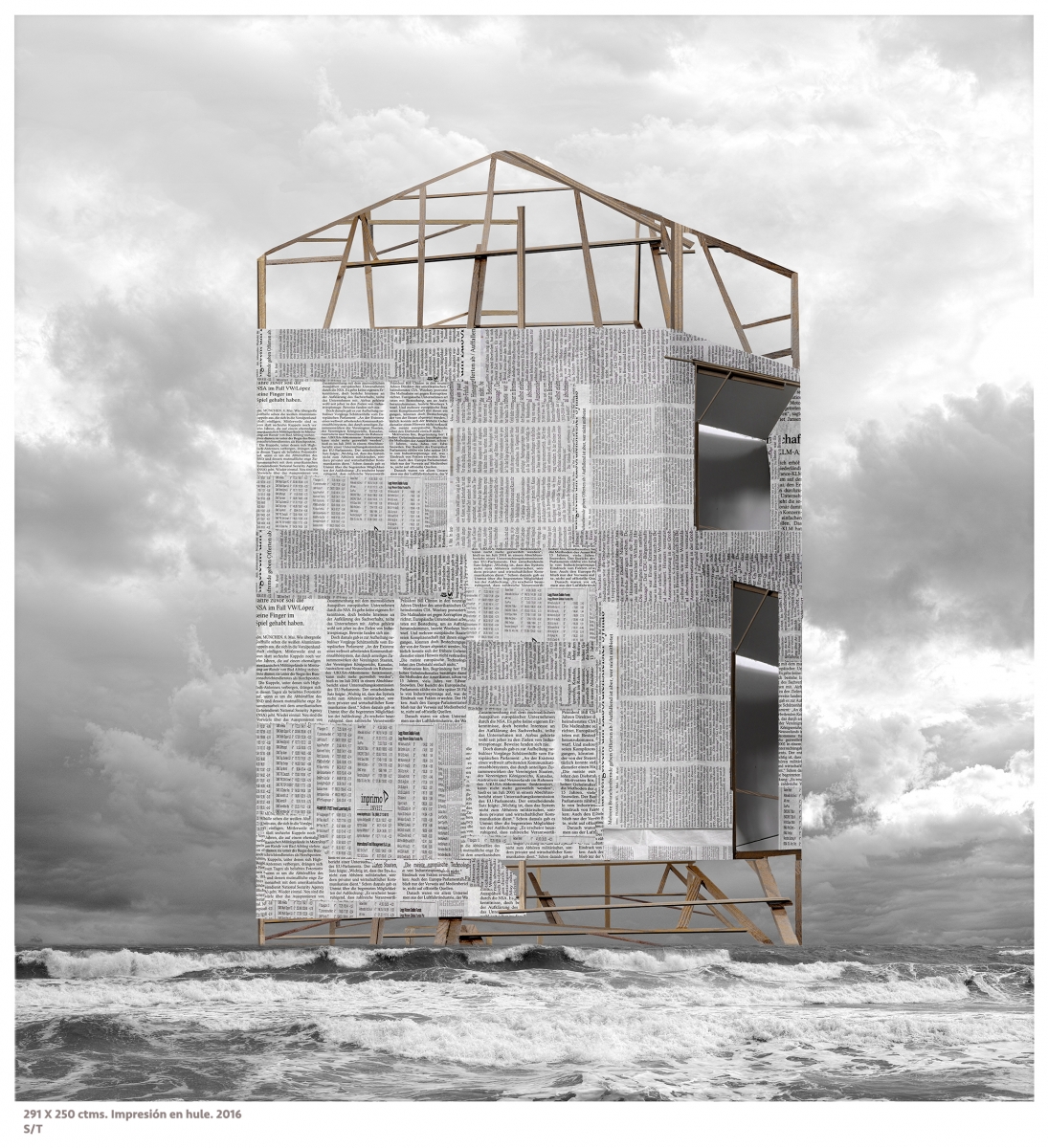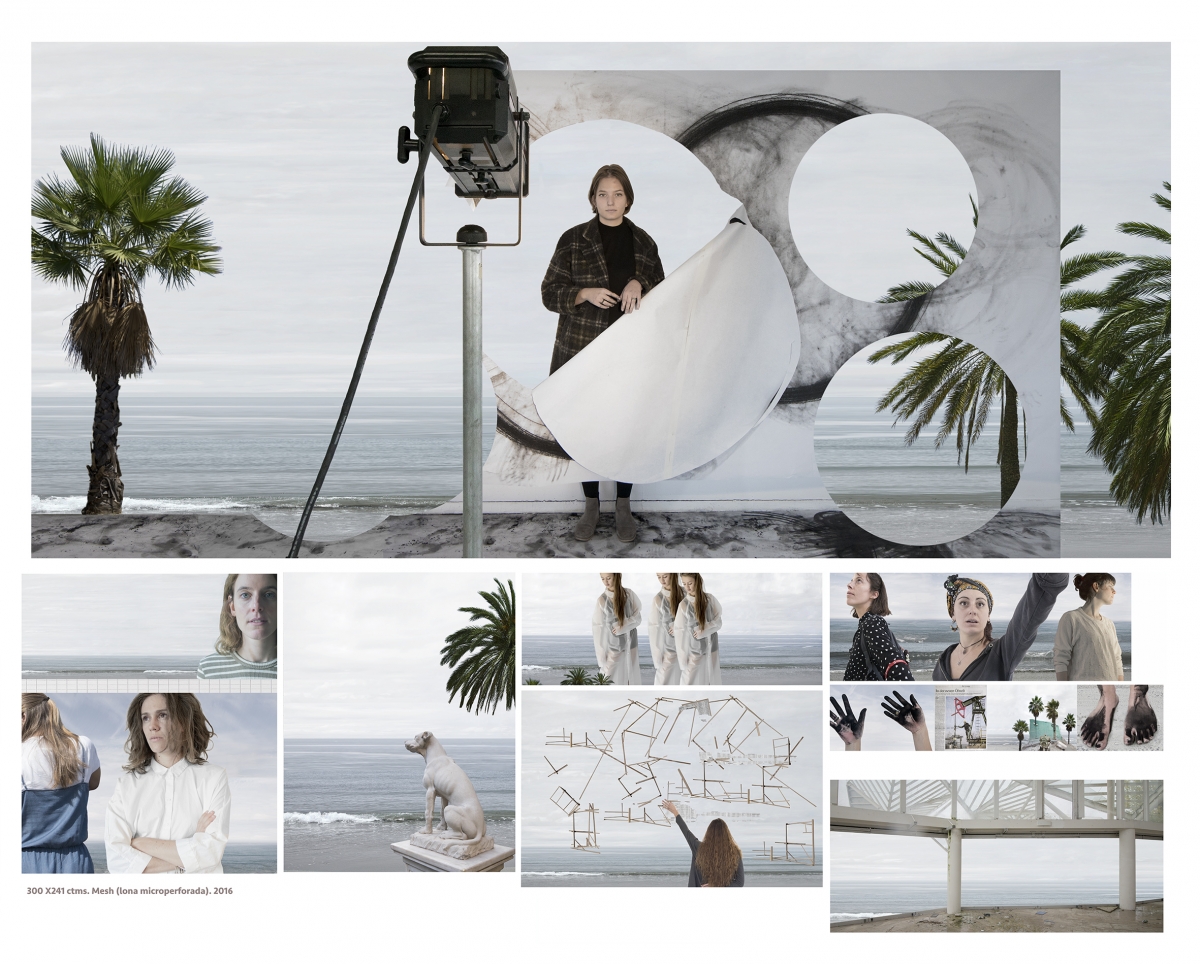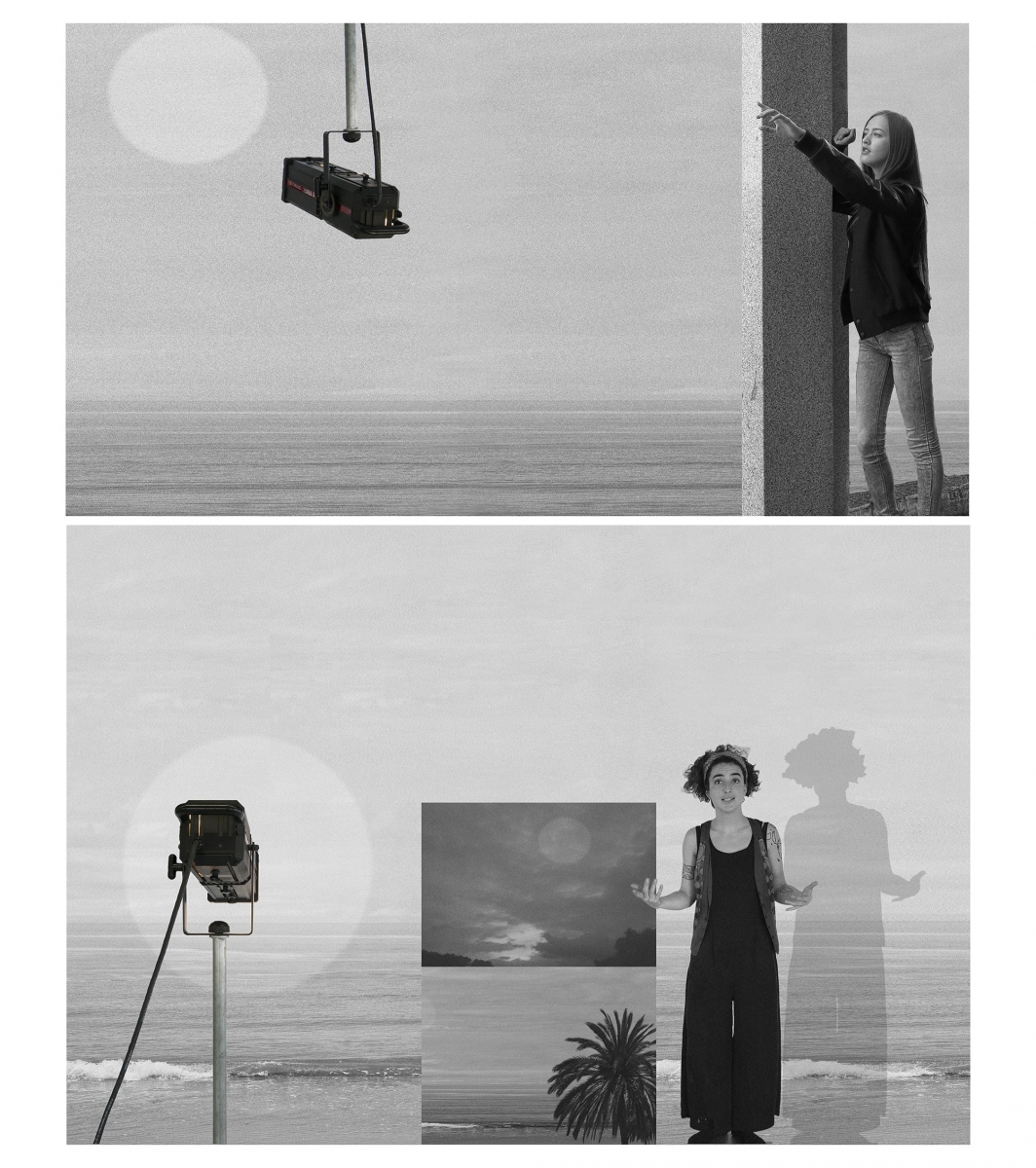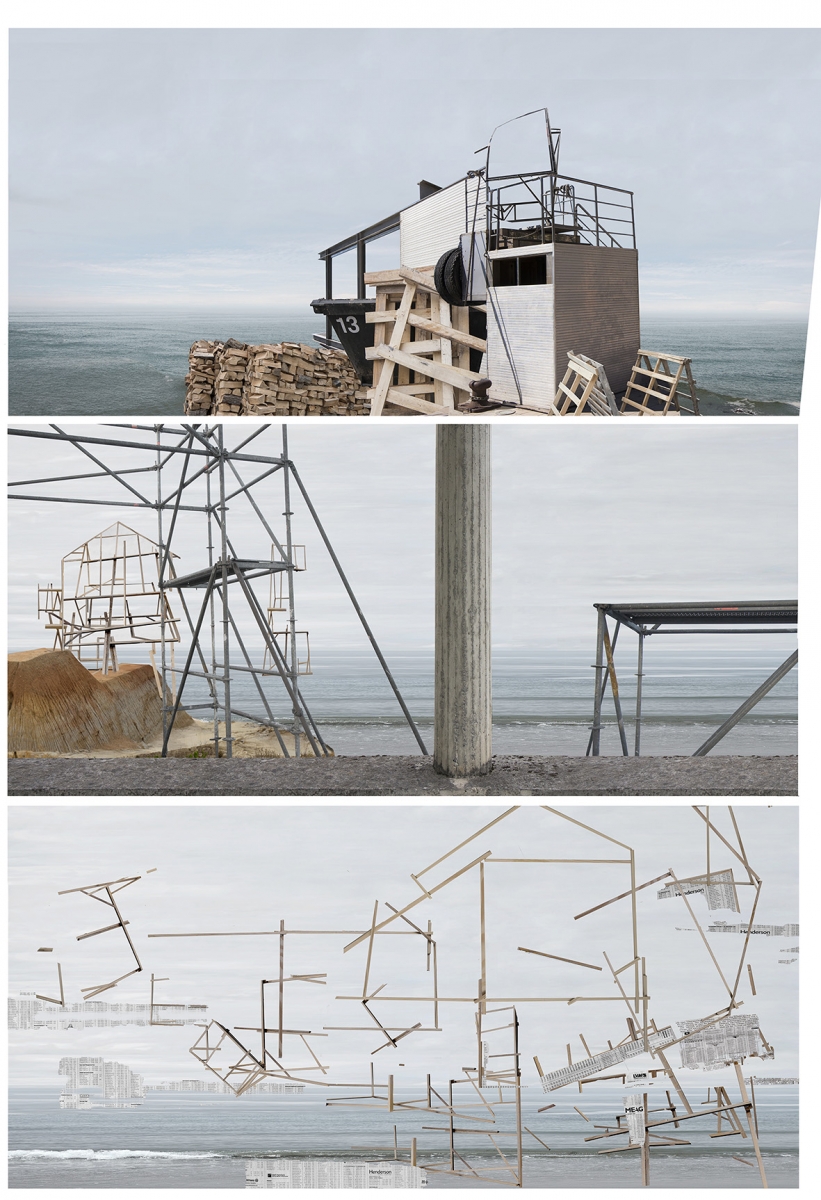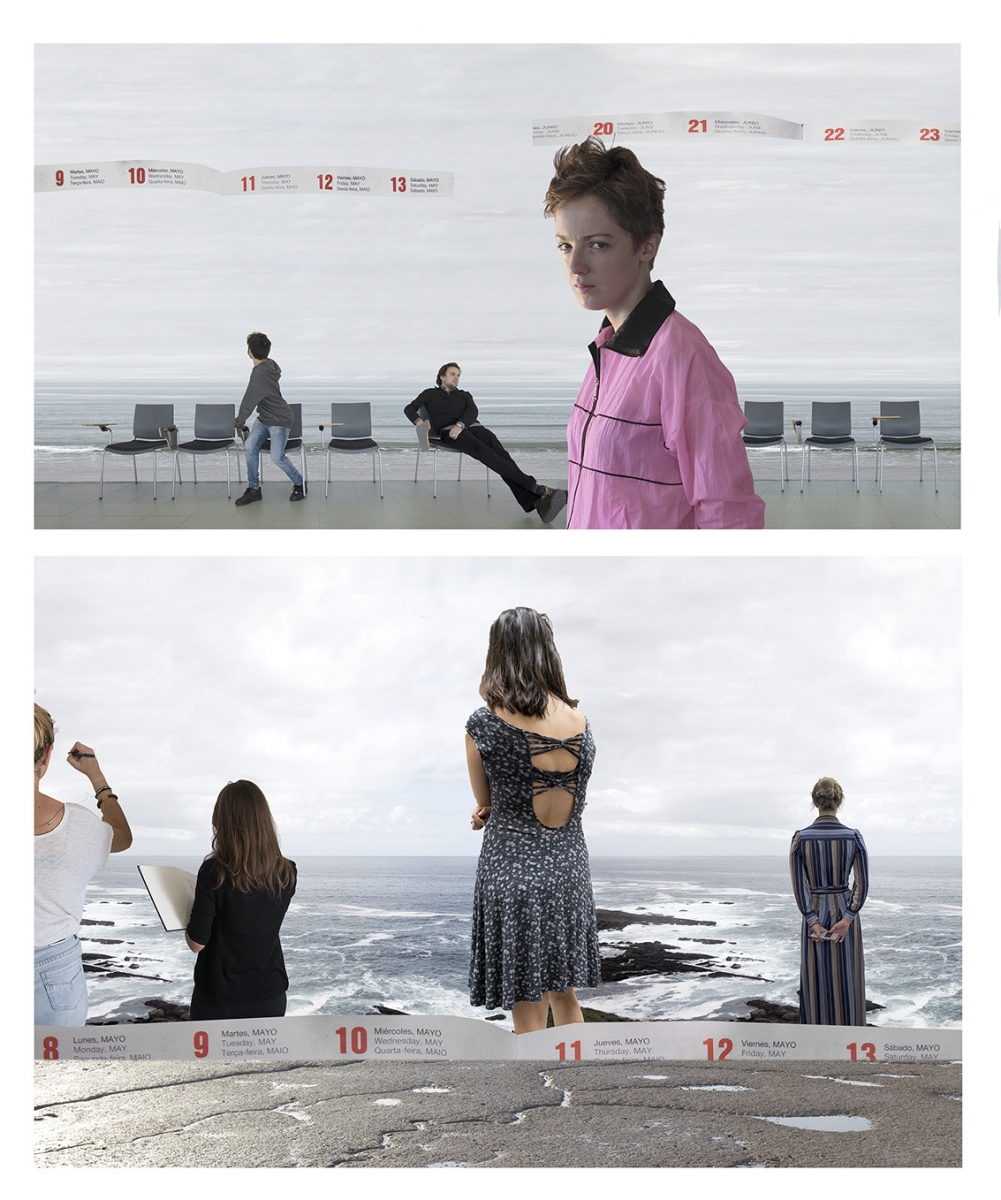Keith Moxey El tiempo de lo visual. La imagen en la historia.
Sans Soleil Ediciones. Vitoria Gasteiz-Buenos Aires, 2015.
290 páginas.
Prólogo Miguel Ángel Hernández.
Cristina Guirao.
Tiempos post-humanos
La contemporaneidad esta plagada de tiempos que suceden a distintas velocidades y organizan cartografías culturales diversas; diferentes periodizaciones de la historia, de la ciencia, el arte y las sociedades. Hablamos de tiempos geológicos como el antropoceno dónde el hombre ha dejado de ser el sujeto cronológico del planeta tierra; de tiempos posthumanos medidos desde parámetros no antropocéntricos sino bio-tecnológicos; de tiempos post-genéricos que plantean un más allá del binarismo de los géneros, de tiempos post-coloniales construidos al margen del canon histórico occidental. Bajo esta cartografía de tiempos que inaugura la contemporaneidad debemos situar el ensayo de Keith Moxey, El tiempo de lo visual. La imagen en la historia.
Sostiene Moxey que el tiempo histórico no es universal sino heterocrónico, debemos pues hablar de diferentes tiempos en diferentes lugares. El tiempo lineal y teleológico es una construcción occidental que deja al margen del cronos universal otras culturas y otras formas de representación. La contemporaneidad vive el final del relato occidental, de su historia y de sus formas de comprensión y representación del mundo. Y esto no significa que la historia haya terminado, significa que hay múltiples historias y múltiples cronologías. La temporalidad
es, pues, el marco de comprensión y el punto de partida que le permite a Keith Moxey dialogar con nuevas formas de compresión del arte y los objetos visuales. Walter Benjamin en sus clásicas Tesis de filosofía de la historia cuestionó la presunción de un tiempo lineal y teleológico que se aviene a los designios y los deseos de la especie humana y que pone en evidencia la connivencia entre historia y poder. La construcción de la historia occidental y de su tiempo lineal no esconde la verdadera imagen del mundo, esconde,
si cabe, la historia parcial de aquellos que han construido la realidad performativamente al dominar el discurso de lo que puede ser legitimo y de los que no, el relato de los vencedores. Así es, sostiene Moxey, las culturas dominantes en alianza con el poder se legitiman para exportar y difundir estructuras temporales jerarquizadas que se erigen en cánones de representación del mundo, cimentando el orden establecido “El tiempo que importa, del que depende el canon artístico, siempre ha favorecido las culturas de los poderosos,” sostiene el profesor de historia del arte de la Universidad de Columbia.
Dos tesis fuertes estructuran las dos partes de este libro. La primera parte responde a la argumentación de una historia del arte con múltiples temporalidades. La segunda parte propone un giro en el planteamiento de los estudios artísticos que reconozca a las imágenes su propia temporalidad. El fondo de ambas es una reflexión sobre el tiempo en dos dimensiones del mismo: la heterocronía y la anacronía.
El hecho es que la tesis de la heterocronicidad del tiempo, que sustenta la primera parte del libro, transformada en un principio epistemológico de investigación histórica es lo suficientemente subversiva como para fulminar los fundamentos no sólo de la historia del arte si no de cualquier disciplina histórica con pretensión de universalidad. Y esto es justamente lo que hace Moxey en los tres primeros capítulos de la primera parte: trasladar este anarco-principio- epistemológico a la historia del arte occidental y comprobar cómo esta disciplina se enfrenta al desconcierto de que el tiempo que imaginaba universal no es ni uniforme ni lineal, más bien multivalente y discontinuo, heterocrónico y heterotópico y, por tanto, incapaz de legitimar una historia universal.
Supuesto esto, los siguientes pasos consisten en de/construir la historia misma del arte. Así, el primero capítulo de la primera parte se abre con la pregunta ¿es la modernidad múltiple? En él se cuestiona el canon lineal de un único tiempo, con un sentido, un principio, un final
y un lugar: Occidente. Moxey pone como ejemplo la obra del artista sudafricano Sekoto, cuyo cuadro “Two Friends” resulta inclasificable
en la modernidad occidental y, sin embargo, esta obra y su autor son un ejemplo claro de otras temporalidades y otros relatos. Su ausencia en la historia del arte evidencia que la relaciones y prevalencias de las culturas se organizan en torno a poderes económicos, políticos e ideológicos. Que el cuadro y la obra del sudafricano Sekoto resulte inclasificable en la historia de la pintura moderna occidental no responde más que el hecho de cómo se ha construido el canon del arte occidental. Y en este posicionamiento de desvelar las construcciones históricas dominantes, sorprende que Moxey no concluya ni menciona el caso más evidente de olvido en la construcción cultural del mundo: al caso de las mujeres cuya expulsión a la periferia del tiempo y de las formas de representación occidental es aún más evidente. Justamente el mismo argumento que el pensamiento feminista esgrime para cuestionar el canon androcéntrico del mundo, para relativizar su legitimidad histórica (Judith Butler, Linda Nochlin, Griselda Pollock o Whitney Chadwick) es el que Moxey expone para cuestionar la legitimidad del canon occidental, su olvido de otras temporalidades. Por tanto, si el tiempo de la modernidad es múltiple, si fluye a diferentes velocidades es diversos lugares, podemos abrigar la esperanza de que no haya un sólo relato y un solo tiempo histórico que legitime las formas de representación.
El segundo capítulo se abre dando un paso más allá de la tesis del fin de la historia universal del arte, el fin del relato hegeliano del sentido teleológico, pues ¿qué pasa en la historia del arte si adaptamos este principio-anarco-epistemológico que suspende la unicidad del tiempo?… pues justamente la pregunta que da titulo a este capítulo ¿Necesitamos todavía el Renacimiento? ¿ese momento crucial de la historia del arte occidental que marca el sentido de la evolución artística de Occidente?… la respuesta es no y esa gran invención de la interpretación teleológica del arte salta por los aires.
En el capítulo siguiente la heterocronicidad de la contemporaneidad, Moxey vuelve a argumentar sobre la posibilidad de diferencias temporales y culturales, que han planteado también autores como Mignolo al tratar el tema de la inconmensurabilidad de las culturas, a la
que Moxey añade la inconmensurabilidad de los tiempos de las culturas y en eso consiste precisamente la heterocronicidad. En otros tiempos que articulan otros relatos, que hasta hoy habían sido expulsados del centro de interpretación a la periferia, articulados en torno a la clase social, la identidad étnica o el género, que pasan ahora al primer plano interpretativo de las narrativas y abren espacios a otras dimensiones temporales. Este paradigma historicista es también cuestionado desde nuevos planteamientos de autores como Didi-Huberman que defienden el “anacronismo de las imágenes,” insistiendo en que su presencia fenomenológica las hace capaces de desafiar el tiempo. Justamente esta es la tesis que abre la segunda parte de este libro, donde el profesor de Columbia, en diálogo con autores como Mitchell, Boehm, Baxandall, Didi-Huberman, Damisch o Elkins, nos introduce en las distintas perspectivas teóricas contemporáneas en la historia del arte y los estudios visuales.
Así, el capitulo cuarto: Los estudios visuales y el giro icónico, confirman la tendencia a señalar que el paradigma de la imagen como presencia va desplazando a la interpretación de la imagen como sentido. Las imágenes hoy, y en esto consiste el giro icónico y el giro pictórico, son más interpretadas como objetos que uno se encuentra que como objetos que uno interpreta, en este sentido el giro icónico marca el paso de la semiótica a la fenomenología. Moxey muestra una actitud conciliadora y apela al hecho de la convivencia de ambos paradigmas, lo que dice mucho de la riqueza de los estudios visuales y de su compatibilidad con la historia del arte. Como señala Miguel Ángel Hernández en el prólogo, “la clave está en el énfasis puesto en la potencia de lo visual, en la idea de que hay algo en las imágenes, en las obras, en los objetos, que no puede ser trasladado al texto, que no puedo ser del todo racionalizado. Hay algo en su materialidad que excede el significado.” Este más allá de las imágenes como objetos escurridizos a una interpretación hermenéutica sin fisuras, junto con el argumento de la heterocronicidad son las dos tesis centrales de este ensayo, que el profesor de Columbia desarrolla en el siguiente capítulo, Los cuervos de Brueghel, dónde expone cómo las obras de arte puede seguir inspirando independientemente del contexto de su creación y de la carga histórica que lleven, pues tienen el poder de afectarnos en el presente y, por tanto, poseen un tiempo propio. La temporalidad es pues el marco interpretativo y el marco de comprensión del arte. Desde este punto de vista, la interpretación de una obra de arte depende de un intercambio entre la obra y el espectador precisamente porque la heterogeneidad de las temporalidades produce diferencias importantes en las conciencias perceptivas y en la construcción de los relatos. Y es esto mismo lo que cuestiona la primacía de la objetividad y de un único canon en la historia.
El libro acaba con dos capítulos en los que Moxey analiza casos concretos que muestran cómo una obra de arte puede seguir inspirando interpretaciones en el trascurso del tiempo. En Mimesis e iconoclasia ejemplifica la obra Los Embajadores de Hans Holbein que conserva su condición alegórica tanto para los que la vieron por primera vez, como para los que la observan hoy. Y en Una distancia imposible pone bajo su lupa la revisión que la historiografía del siglo XX realizó sobre Alberto Durero y Matthias Grünewald.
En definitiva, la dimensión fenomenológica de la historia del arte siempre ha insistido en que el artefacto visual puede crear su propio tiempo y su propia historia, que las imágenes tiene vida propia y demandan la atención y la respuesta afectiva del espectador. El giro icónico y el giro pictórico de esta disciplina se refiere al reconocimiento de este nuevo momento epistemológico. El hecho es que la reciente preocupación por la condición existencial de las imágenes añade una dimensión nueva a la historia del arte y libera a las obras de la miseria historicista.
Post-human times
Contemporaneity is full of times that pass at different speeds and organize diverse cultural cartographies; different periodizations of history, science, art and societies. We are referring to geological times such as the anthropocene, where man has ceased to be the chronological subject; to post-human times, measured from other non-anthropocentric parameters; to post-colonial times constructed out of the Western chronological canon; to post-heteronormative times that propose to go beyond gender binarism. Under this cartography of times that inaugurates contemporaneity we should place Keith Moxey’s essay, Visual Time: The Image in History.
Moxey argues that historical time is not universal but heterochronic, so we must speak of different times in different places. Linear and teleological time is a Western construction that leaves other cultures and other forms of representation outside of the universal Chronos. Contemporaneity lives the end of the Western story, of its history and of its forms of understanding and representations of the world. It doesn’t mean that the story is over; instead it means that there are multiple stories and multiple chronologies. Temporality is therefore the framework of understanding and the starting point that allows Keith Moxey to dialogue with new forms of appreciation of art and visual objects. Walter Benjamin, in his classic Thesis on the Philosophy of History, questioned the presumption of a linear and teleological time that is in accordance with the wishes and desires of the human species and that highlights the connivance between history and power. Construction of Western history and its linear time does not hide the true image of the world, it hides, if possible, the partial history of those who have built reality performatively by dominating the discourse of what can be legitimate and of those who cannot, the story of the victors. That’s right, according to Moxey, dominant cultures in alliance with power are legitimized to export and spread hierarchical temporal structures that stand as canons of representation of the world, cemented by the established order “Time that matters, on which the artistic canon depends, has always favored the cultures of the powerful,” says the professor of art history at Columbia University.
Two powerful arguments structure the two parts of this book. The first part answers the argument of an art history with multiple temporalities. The second part suggests a shift in the approach to artistic studies that recognizes the images with their own temporality. The essence of both is a reflection about time in two dimensions: heterochrony and anachrony.
In fact, the argument of the heterochronicity of time, which is the basis of the first part of the book, transformed into an epistemological principle of historical research, is sufficiently subversive to fulminate the bases not only of the history of art but also of any historical discipline with a claim to universality. And this is precisely what Moxey does in the first three chapters of the first part: to transfer this anarcho-espistemological-principle to the history of Western art and to verify how this discipline faces the bewilderment that the time he imagined universal is neither uniform nor linear, but rather multivalent and discontinuous, heterochronic and heterotopic and, therefore, incapable of legitimizing a universal history.
Assuming this, the next steps are to unbuild the history of art itself. Thus, the first chapter of the first part opens with the question: Is Modernity Multiple? It questions the linear canon of a single time, with a meaning, a beginning, an end and a place: The West. Moxey gives as an example the work of the South African artist Sekoto, whose painting “Two Friends” is unclassifiable in Western modernity, and yet this work and its author are a clear example of other temporalities and other stories. Its absence in the history of art shows that the relations and prevalence of cultures are organized around economic, political and ideological powers. The fact that the painting and work of the South African Sekoto is unclassifiable in the history of modern Western painting only responds to the fact that the canon of Western art has been constructed. And in this position in the face of the dominant historical constructions, the reader is surprised that Moxey does not conclude by transferring the reasoning of a multiple modernity to embrace postcolonial art, to the case of women whose expulsion to the periphery of time and of forms of Western representation is even more evident. It is precisely the same argument that feminist thought uses to question the androcentric canon of the world, to relativize its historical legitimacy (Judith Butler, Linda Nochlin, Griselda Pollock or Whitney Chadwick) that Moxey argues to challenge the legitimacy of the Western canon, its oblivion of other temporalities. Therefore, if the time of modernity is multiple, if it flows at different speeds in different places, we can hope that there will not be a single historical narrative and time that legitimizes the forms of representation.
The second chapter opens with a step beyond the thesis of the end of the universal history of art, the end of the Hegelian narrative of the teleological sense, since, what happens in the history of art if we adapt this anarcho-methodological principle that suspends the uniqueness of time? … This is precisely the question that gives the title to this chapter: Do We Still Need a Renaissance? That crucial moment in the history of Western art that marks the direction of the artistic evolution of the West? … The answer is no and that great invention of the teleological interpretation of art blows up.
In the following chapter, Contemporaneity’s Heterochronicity, Moxey once again argues about the possibility of temporal and cultural differences, which have also been proposed by authors such as Mignolo when dealing with the issue of the incommensurability of cultures, to which Moxey adds the incommensurability of the times of cultures and that is precisely what heterochronicity consists of. In other times that articulated other stories that until today had been expelled from the interpretation centre to the periphery, based on social class, ethnic identity or gender, which now come to the forefront of narrative interpretation and open up spaces for other temporal dimensions. This historicist paradigm is also challenged by new approaches from authors such as Didi-Huberman who defend the “anachronism of images,” insisting that their phenomenological presence makes them able to defy time. This is precisely the thesis that opens the second part of this book, where the Columbia professor, in dialogue with authors such as Mitchell, Boehm, Baxandall, Didi-Huberman, Damisch and Elkins, introduces us to the different contemporary theoretical perspectives in the history of art and visual studies.
In this way, chapter four, Visual Studies and the Iconic Turn, confirm the tendency to point out that the paradigm of the image as presence displaces the interpretation of the image as meaning. Today’s images, and this is what the iconic turn and the pictorial turn consist of, are more interpreted as objects that one finds than as objects that one interprets, in this sense the iconic turn marks the transition from semiotics to phenomenology. Moxey shows a conciliatory attitude and appeals to the fact that both paradigms coexist, which says a lot about the richness of visual studies and their compatibility with art history. As Miguel Ángel Hernández points out in the prologue, “the key lies in the emphasis placed on the power of the visual, on the idea that there is something in the images, in the works, in the objects, that cannot be transferred to the text, that cannot be completely rationalised. There is something in their materiality that exceeds their meaning.” This concept of images as something more than elusive objects to a seamless hermeneutic interpretation, which together with heterochronicity are the two central theses of this essay, is what Moxey deals with in the following chapter, Bruegel’s Crows, where he exposes how works of art can continue to inspire regardless of the context of their creation and the historical burden they carry, as they have the power to affect us in the present and, therefore, have their own time. Temporality is therefore the interpretative and understanding framework of art. From this point of view, the interpretation of an artwork depends on an interaction between the work and the audience precisely because the heterogeneity of temporalities produces important differences in perceptive awareness and in the construction of stories. And it is precisely this that questions the primacy of objectivity and of a single canon in history.
The book ends with two chapters in which Moxey analyzes specific examples that show how an artwork can continue to inspire interpretations over time. In Mimesis and Iconoclasm he gives as an example the work The Ambassadors of Hans Holbein that preserves its allegorical condition both for those who saw it for the first time and for those who observe it today. And in Impossible Distance he carefully reviews the 20th century historiography of Albert Dürer and Matthias Grünewald.
In short, the phenomenological dimension of art history has always insisted that the visual artifact can create its own time and its own history, that images have their own life and demand attention and affective response of the viewer. The iconic and pictorial turn of this discipline refers to the recognition of this new epistemological moment. The fact is that the recent concern for the existential condition of images adds a new dimension to the history of art and frees works from historicist misery.


